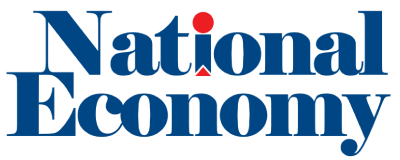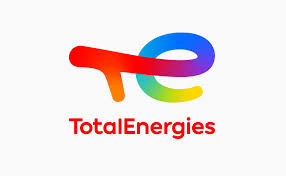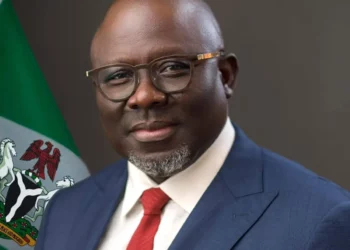Nigeria’s oil and gas industry is seeing a dramatic revival, with active rigs climbing from just eight in 2021 to 69 as of October 2, 2025, according to the Nigerian Upstream Petroleum Regulatory Commission (NUPRC).
Marking its fourth anniversary, NUPRC said the surge reflects renewed investor confidence and improved stability in the sector. “The number is expected to increase even further in the coming months. This shows a renewed investor confidence in Nigeria,” the commission said in a statement signed by its Head of Media and Strategic Communication, Eniola Akinkuotu.
The growth aligns with President Bola Tinubu’s pledge that Nigeria is “ready for business” and underscores NUPRC’s implementation of the Drill or Drop policy, which compels operators to relinquish idle acreages. Since inception, the regulator said it has flagged 400 dormant oil fields, pushing companies to take swift action.
As part of its reforms under the Petroleum Industry Act (PIA), 2021, NUPRC has developed 24 regulations to improve transparency, of which 19 have been gazetted. The commission also approved major divestments worth billions of dollars, including deals that saw Nigeria Agip Oil Company transfer assets to Oando Energy Resources, Equinor to Chappal Energies, Mobil Producing Nigeria Unlimited to Seplat Energies, and Shell Development Company Nigeria Limited to Renaissance Africa Energy.
In gas, the Nigerian Gas Flare Commercialisation Programme (NGFCP) has completed awards for flare sites, with expectations to attract as much as 2.5 billion dollars in new investment. On host communities, the regulator reported contributions of 122.34 billion naira and 168.91 million dollars, a combined remittance of over 358.67 billion naira, funding more than 536 community projects in health, education, and infrastructure.
Crude theft has also fallen sharply. Daily crude losses dropped from 102,900 barrels per day in 2021 to 9,600 barrels per day in September 2025, a 90 percent reduction credited to combined security efforts and tighter oversight.
NUPRC also highlighted progress on transparency, saying its licensing rounds now run on a fully digital, interference-free platform, earning praise from the Nigeria Extractive Industries Transparency Initiative (NEITI). But the regulator has not shied away from enforcement: in September, it revoked the licence of the Oritsemeyin Rig after a safety breach at the UDIBE-2 wellbore.
The announcement came as OPEC and its allies agreed on a modest output increase of 137,000 barrels per day for November. The compromise, struck by Saudi Arabia and Russia, reflects caution as Brent crude and Nigeria’s Bonny Light trade near four-month lows of about 69 dollars per barrel.
Analysts warn the increase could pressure prices further, with the International Energy Agency forecasting record surpluses by 2026. Still, the Nigerian National Petroleum Company (NNPC) secured a two-year extension to guarantee crude supply to the 650,000-barrel-per-day Dangote Refinery, a move aimed at reducing fuel imports and stabilising supply.
Despite softening global prices, Nigeria’s upstream performance has improved. Output averaged 1.71 million barrels per day in July 2025, up 9.9 percent year-on-year. Forcados terminal led production with 9.04 million barrels, a 2.1 percent rise month-on-month, while Bonny terminal posted a 12.7 percent jump to 8.07 million barrels.
Industry observers say the rig surge and output recovery position Nigeria to better navigate shifting OPEC+ strategies. “The gains of the last four years show Nigeria is creating an environment where investments can thrive,” NUPRC said





